Astronomy
-
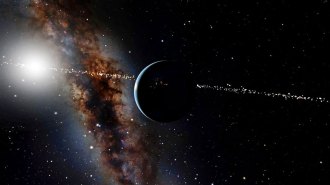 Astronomy
AstronomyAny aliens orbiting these 2,000 stars could spot Earth crossing the sun
Alien astronomers in those star systems could discover Earth the way we find exoplanets: by watching for a dip in starlight.
-
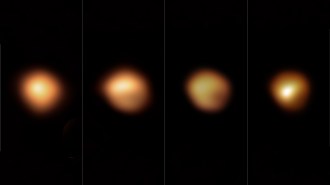 Astronomy
AstronomyDust and a cold spell on Betelgeuse could explain why the giant star dimmed
Scientists had two options to explain Betelgeuse’s weird behavior in late 2019. They chose both.
-
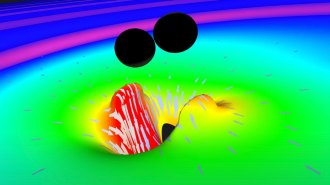 Physics
PhysicsGravitational waves confirm a black hole law predicted by Stephen Hawking
The first black hole merger detected by LIGO affirms that the surface area of a black hole can increase over time, but not decrease.
-
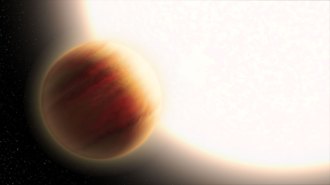 Space
SpaceMost planets on tilted orbits pass over the poles of their suns
Nearly all of the worlds on misaligned trajectories in other solar systems orbit at nearly 90 degrees to their stars’ equators.
By Ken Croswell -
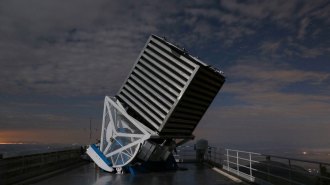 Astronomy
AstronomyAn arc of galaxies 3 billion light-years long may challenge cosmology
Dubbed “the Giant Arc,” the purported structure is much larger than expected in a cosmos where matter is thought to be evenly distributed.
-
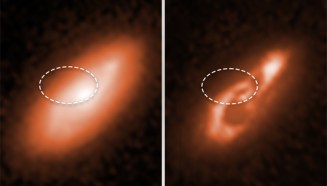 Astronomy
AstronomySome fast radio bursts come from the spiral arms of other galaxies
Tracking five brief, bright blasts of cosmic radio waves to their origins suggests their sources form quickly in regions with lots of star formation.
-
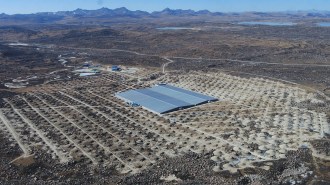 Astronomy
AstronomyRecord-breaking light has more than a quadrillion electron volts of energy
Hundreds of newly detected gamma rays hint at cosmic environments that accelerate particles to extremes.
-
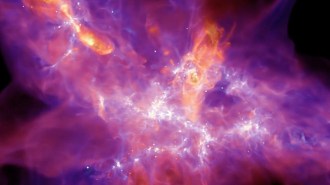 Astronomy
AstronomyWatch this beautiful, high-resolution simulation of how stars are born
The STARFORGE simulation follows a giant gas cloud as it collapses into new stars, accounting for all the phenomena thought to influence the outcome.
-
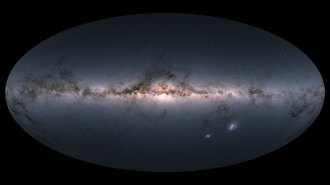 Astronomy
AstronomyThe Milky Way may have grown up faster than astronomers suspected
Most of the galaxy’s disk was in place before a merger 10 billion years ago with a dwarf galaxy called Gaia-Enceladus/Sausage, a new study suggests.
-
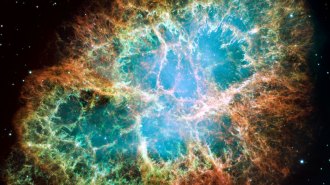 Astronomy
AstronomyA study of Earth’s crust hints that supernovas aren’t gold mines
Supernovas aren’t the main source of gold, silver and other heavy elements, a study of deep-sea crust suggests.
-
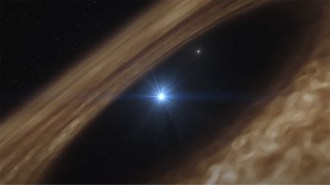 Space
SpacePlanet-forming disks around stars may come preloaded with ingredients for life
Methanol spotted around a hot, young star probably originated in interstellar space, suggesting some chemistry for life may start before stars form.
-
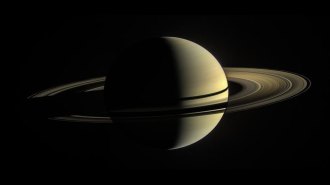 Astronomy
AstronomySaturn has a fuzzy core, spread over more than half the planet’s diameter
Analysis of a wave in one of Saturn’s rings has revealed that the planet’s core is diffuse and bloated with lots of hydrogen and helium.
By Ken Croswell